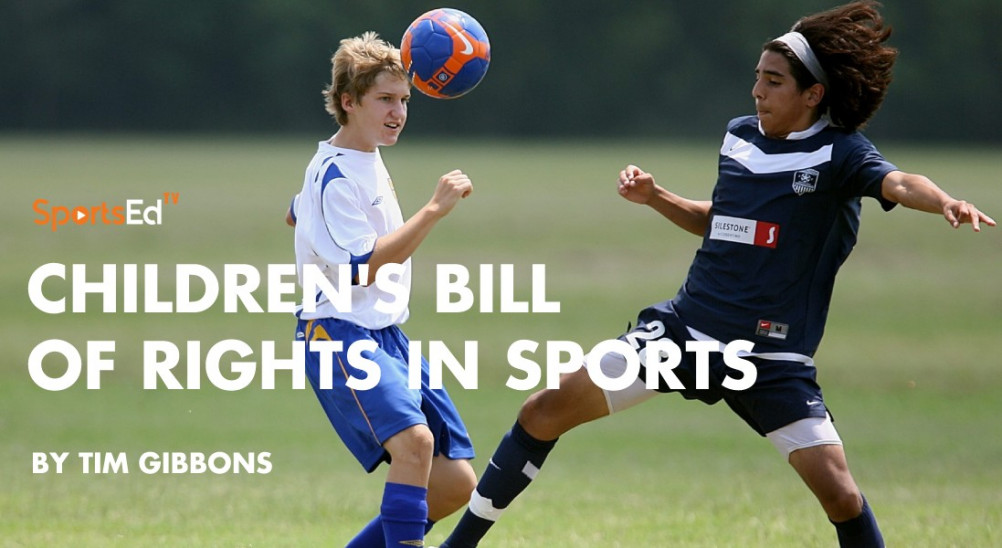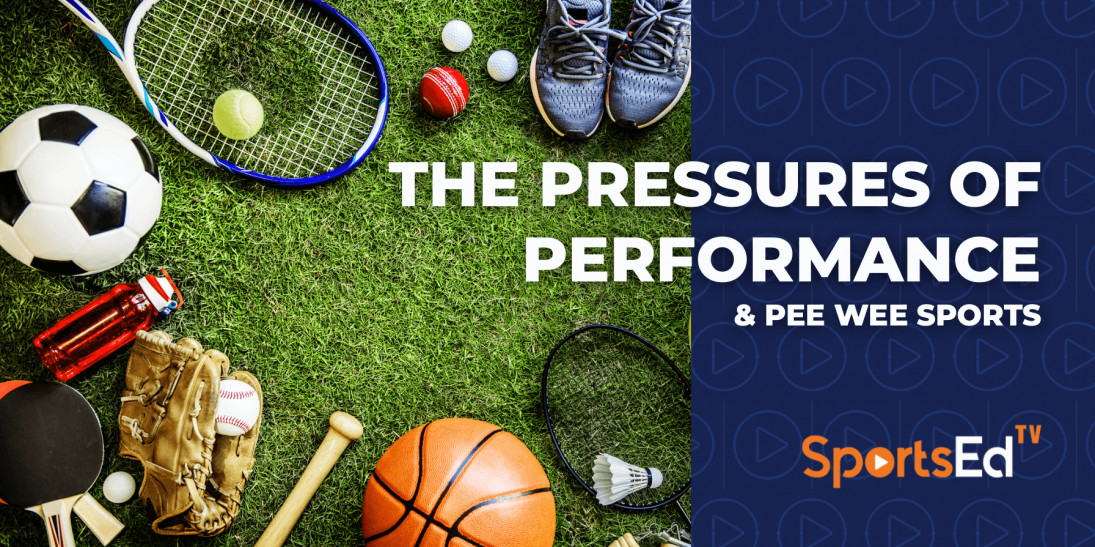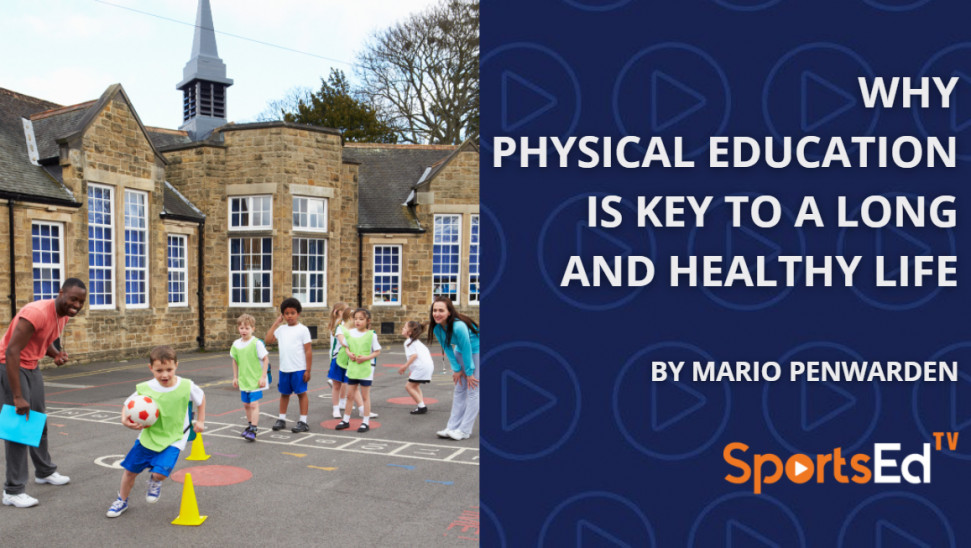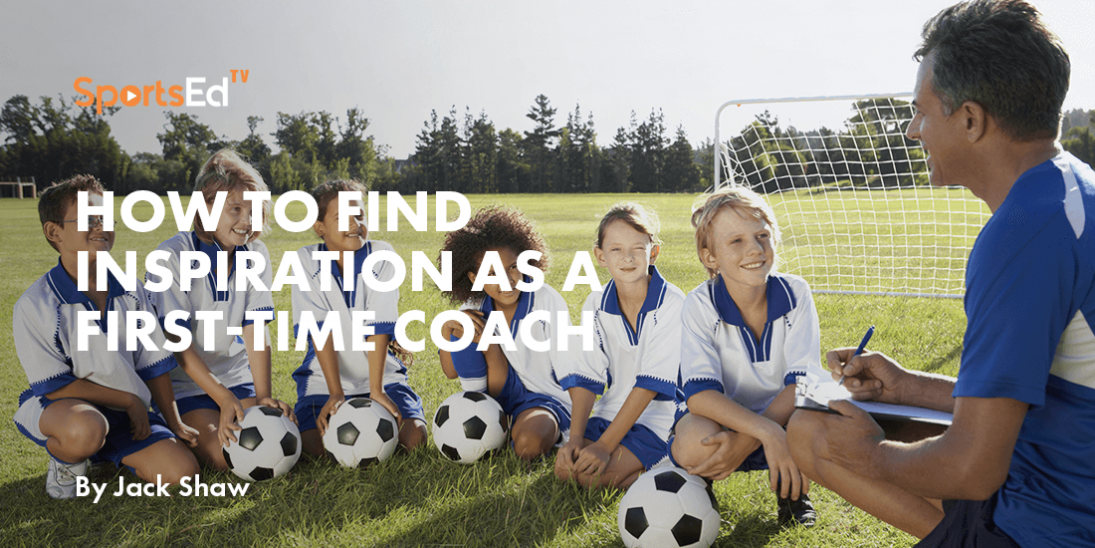Physical Education
Welcome and thanks for visiting...

Children’s Bill of Rights in Sports: A Comparison of Norway and the United States

The Challenges of the U.S. Youth Sports System
The unregulated youth sports industry in the United States creates unnecessary barriers to optimal long-term athlete development. In the U.S., we lack a central governmental authority to oversee the regulation and policy of youth sports. This, in turn, creates issues in youth sports, including the continued promotion of early sport specialization, a shortage of qualified coaches, and youth sports organizations prioritizing profit over the best interests of the child. From years of research, we know participation in a variety of sports provides the best athlete development, not early specialization. Highly educated coaches and youth sports organizations that prioritize children's best interests can provide a profoundly positive sports experience. Many countries have governmental offices that develop well-defined policies and regulations, which, in turn, offer a sophisticated and progressive direction for youth sports development.
Background: U.S. Olympic Committee Research Experience
From 1996 to 2000, I worked for the U.S. Olympic and Paralympic Committee and traveled extensively in Europe, researching and understanding the best athlete development models in endurance sports. Upon returning to the U.S., I wrote “White Papers” based on interviews, observation, and performance data, and then made presentations to Olympic national governing bodies. While this was over 20 years ago, the insights and observations I made then are still relevant today. We can look at the youth sports models in Norway and the United States and compare and contrast how they implement policies to provide best practices in youth sports.
Comparing Youth Sports Participation in Norway and the United States
In Norway, 80 percent of 6–12-year-olds participate in at least one sport. In the United States, 72 percent of the same age group have participated in at least one sport. At the foundation of Norway’s philosophy for youth sports is the document Children’s Rights in Sport. Here is an English version: Norway's Children's Rights in Sport. Introduced in 1987, it lists seven rights that provide a framework for athlete development (ages 6-12) based on research and best practices. At the core of the seven rights is a child-centered approach to holistic child development and a love of sport. All aspects of youth development are considered, including physical, mental, social, and emotional development. It significantly influences decision-making and the freedom to choose sports participation in children.
Norway’s Child-Centered Athlete Development Philosophy
For example, children's opinions should be considered when planning and implementing training sessions, such as which sports they should participate in and whether they would like to compete. Competitive events for athletes 6-8 years old are restricted to within the local sports club, and regional competitions are allowed for athletes 9-10 years old. Competitive events with other Nordic countries are allowed at the age of 11. The focus is on good movement and skill development. Fun is at the top of the list, and developing friendships with peers.

Historical U.S. Efforts to Protect Youth in Sport
Indeed, Norway has a progressive take on youth sports. However, it is not the first to propose a children’s rights document. In 1979, preeminent U. S. researchers in youth sports, Rainer Martens and Vern Seefeldt, created the Bill of Rights for Young Athletes. Here is a link to the document: Bill of Rights for Young Athletes. Recently, the Aspen Institute’s Project Play released the document Children’s Bill of Rights in Sports. Here is the link: Children's Bill of Rights in Sports. The Norwegian document and the recent U.S. document are surprisingly similar in that they both use a child-centered approach, which provides the framework for safe and healthy youth sports participation.
Key Lessons from the Norwegian Youth Sports Model
- A child-centered approach that focuses on the balanced and holistic development of the child.
- Focus on high-quality movement and age-appropriate development.
- A “Joy for All” atmosphere and developing a love of sport prevail.
- Children are part of the decision-making process to help plan training and the amount of competition.
- Travel is limited to local and regional events for children up to 10 years old.
The Norwegian document, Children’s Rights in Sport, specifies the amount of travel permitted for children aged 6-11 years. Priority is given to the physical, social, and mental development of the individual over any benefit competition can provide at the regional, national, or international level.
The Gap in U.S. Youth Sports Reform: Travel and Commercialization
I commend Aspen Institute’s Project Play for putting in the work to create the Children’s Bill of Rights in Sports. It can help American coaches and parents view athlete development through the lens of holistic and child-centered youth development. This moves away from early sport specialization and focuses on fun, skill development, and building positive relationships with coaches and peers. However, the U.S. document does not address the excessive travel that can occur with children aged 6-12 years. This issue needs to be addressed to make a positive, lasting change in the youth sports system in this country. Until then, youth sports organizers will be driven by profit and other motives rather than the ultimate goal of positive youth development.








